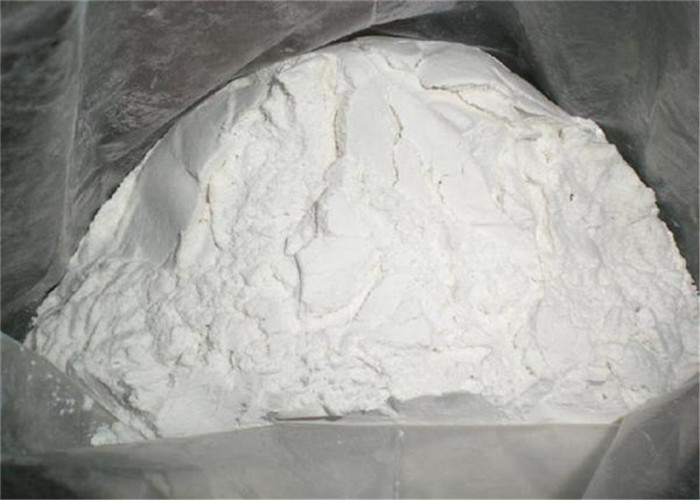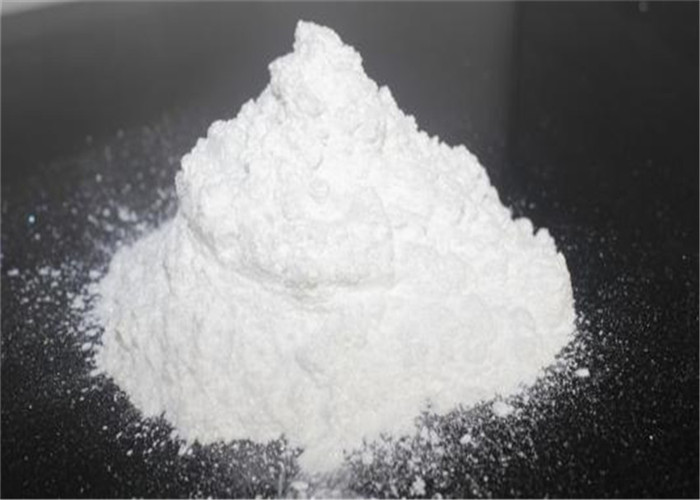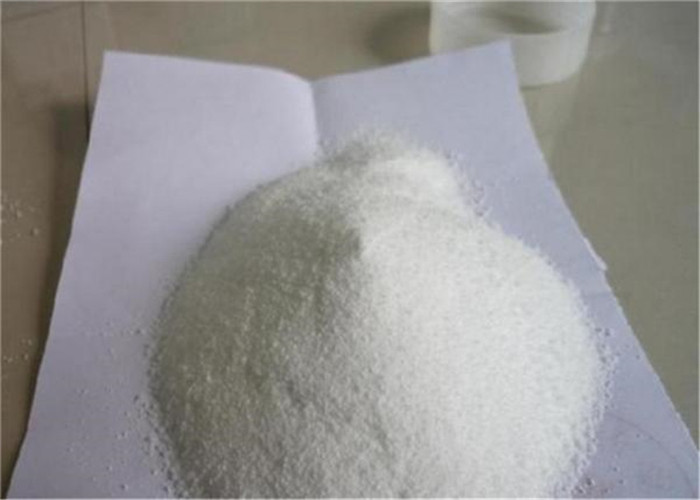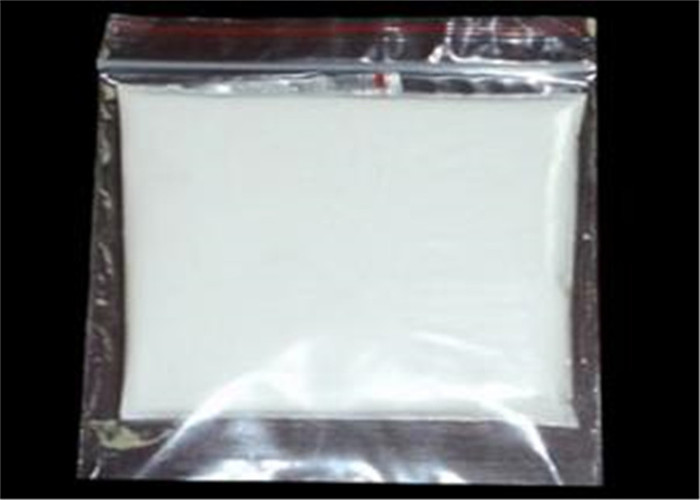Serie anestésica local Pramoxine HCL de la materia prima para el analgésico 637-58-1
Abstracto
CASO:637-58-1
MF:C17H28ClNO3
MW:329.86
EINECS:211-293-1
Punto de fusion:181-183°
Hazard statements H302-H315-H319-H335
Precautionary statements P301+P312+P330-P305+P351+P338-P261
Hazard Codes Xi,Xn
Declaraciones de riesgo 22-36/37/38
Declaraciones de seguridad 26-36
Descripción:
Pharmacologic study revealed it to be potent and of low acute and subacute toxicity, well tolerated by most mucous membranes and of a low sensitizing index in man. Like other local anesthetics, paramoxine decreases the permeability of neuronal membranes to sodium ions, blocking both initiation and conduction of nerve impulses. Depolarization and repolarization of excitable neural membranes is thus inhibited, leading to numbness.
Solicitud:
Topical anesthetics are used to relieve pain and itching caused by conditions such as sunburn or other minor burns, insect bites or stings, poison ivy, poison oak, poison sumac, and minor cuts and scratches. Pramocaine and dibucaine are also common ingredients in over the counter hemorrhoid preparations.
Anesthesia, local- Proparacaine and tetracaine are indicated to produce local anesthesia of short duration for ophthalmic procedures including measurement of intraocular pressure, removal of foreign bodies and sutures, and conjunctival and corneal scraping in diagnosis and gonioscopy. Proparacaine hydrochloride and tetracaine are also indicated to produce local anesthesia prior to surgical procedures such as cataract extraction and pterygium excision, usually as an adjunct to locally injected anesthetics. Ophthalmic solutions used for intraocular procedures should be preservative-free. Preservatives may cause damage to the corneal epithelium if a significant quantity of solutionenters the eye through the incision.
COA:
| Melting range |
170~174°C |
171.7~173.2°C |
| Pérdida por secado |
≤1.0% |
0.12% |
| Residuos en ignición |
≤0.1% |
0.04% |
| Etanol |
≤0,5% |
0.061% |
| Carbinol |
≤0.3% |
0.10% |
| Acetona |
≤0,5% |
No detectado |
| Ensayo |
98.0%~102,0% |
99.98% |
| Conclusión |
The results conforms with USP33 |
Gran venta
| Clorhidrato de propitocaína |
CASO: 1786-81-8 |
| clorhidrato de tetracaína |
CASO: 136-47-0 |
| Clorhidrato de procaína |
CASO: 51-05-8 |
| clorhidrato de pramoxina |
CASO: 637-58-1 |
| Clorhidrato de proparacaína |
CASO: 5875-06-9 |
| Clorhidrato de benzocaína |
CASO: 23239-88-5 |
| Clorhidrato de lidocaína |
CASO: 73-78-9 |
| clorhidrato de articaína |
CASO: 23964-57-0 |
| Clorhidrato de levobupivacaína |
CASO: 27262-48-2 |
| Clorhidrato de ropivacaína |
CASO: 132112-35-7 |
| Clorhidrato de dibucaína |
CASO: 61-12-1 |
| Clorhidrato de bupivacaína |
CASO: 14252-80-3 |
| Articaine |
CASO: 23964-58-1 |
| metil testos terona |
CASO: 94-09-7 |
| lidocaína |
CASO: 137-58-6 |
| Tetracaína |
CASO: 94-24-6 |
| PROCAÍNA |
CASO: 59-46-1 |













 Gerente de ventas
Gerente de ventas